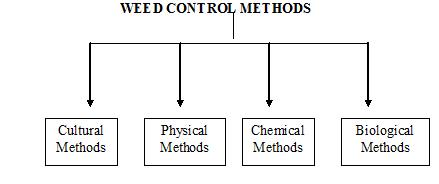
|
|
| Home | Seasons & Varieties | Tillage | Nutrient Mgmnt | Irrigation Mgmnt | Weed Mgmnt | Crop Protection | Cost of Cultivation | Photobank | |
Weed Management :: Cultural Method |
|
WEED CONTROL METHODS Weed control and weed management are the two terms used in weed science. Weed control is the process of limiting infestation of the weed plant so that crops can be grown profitably.
CULTURAL METHODS OF WEED CONTROLSeveral cultural practices like tillage, planting, fertilizer application, irrigation etc., are employed for creating favourable condition for the crop. These practices if used properly, help in controlling weeds. Cultural methods, alone cannot control weeds, but help in reducing weed population. Field Preparation
PIanting Method
Varieties
Planting Density
Fertiliser Application
Irrigation and Drainage
|
|
| Home | Seasons & Varieties | Tillage | Nutrient Management | Irrigation Management | Weed Management | Crop Protection | Cost of Cultivation | Disclaimer
© All Rights Reserved. TNAU-2016. |
|
